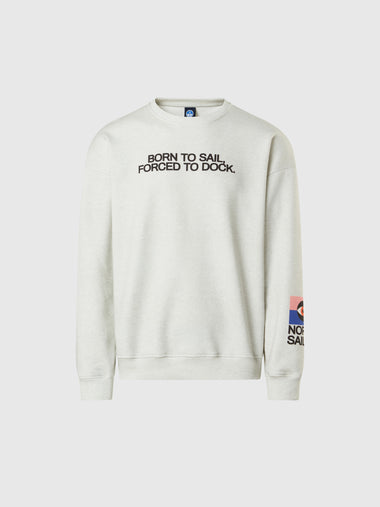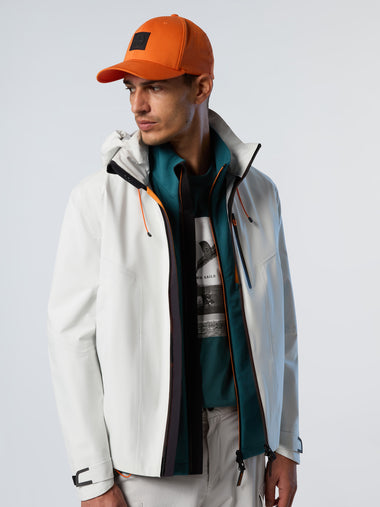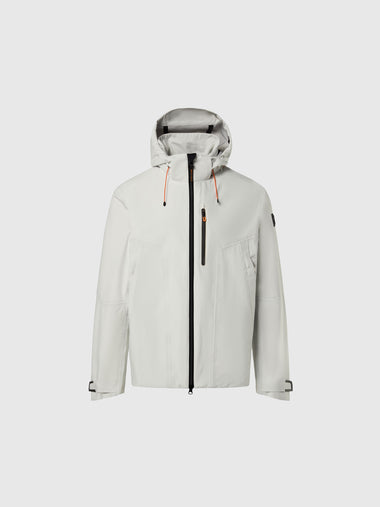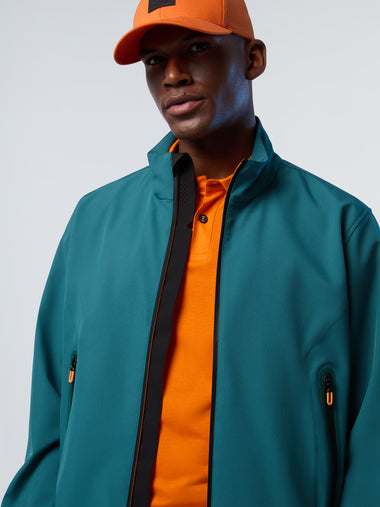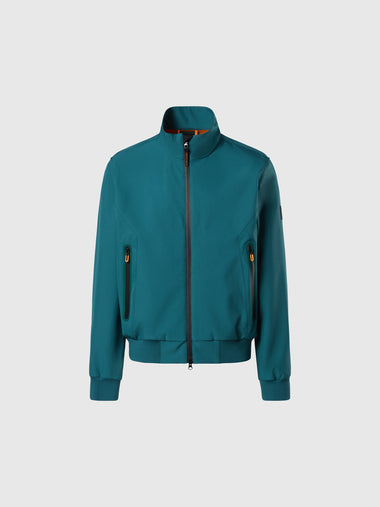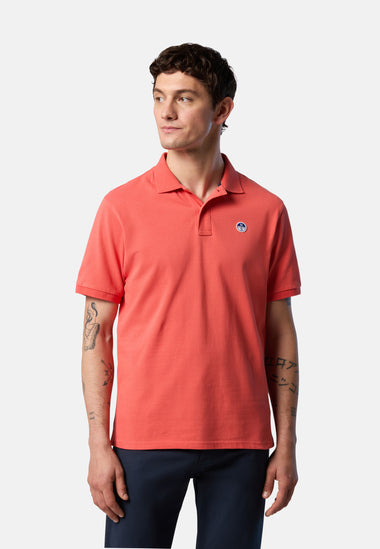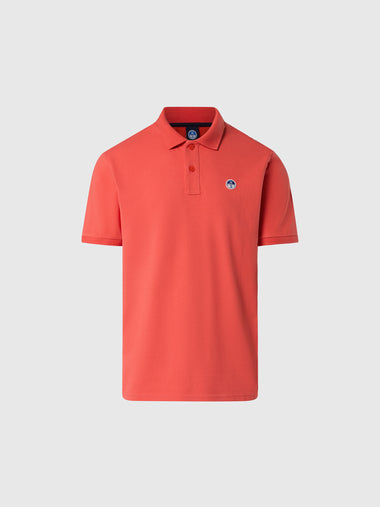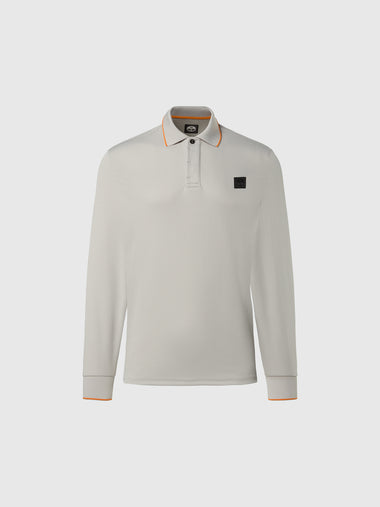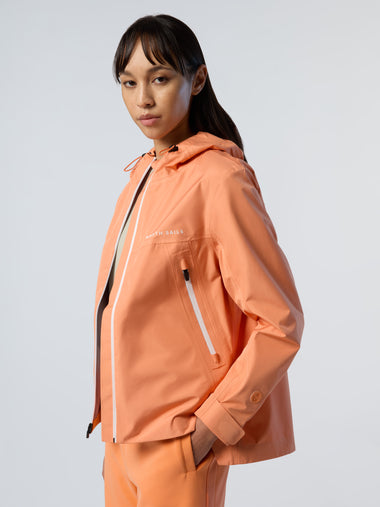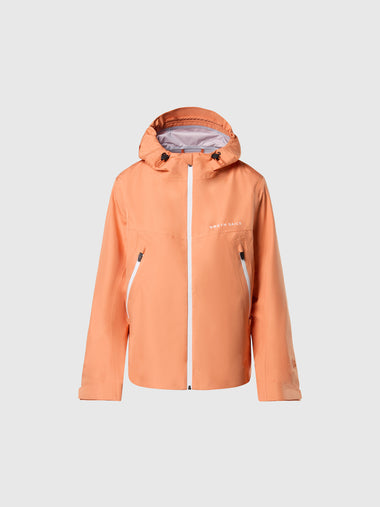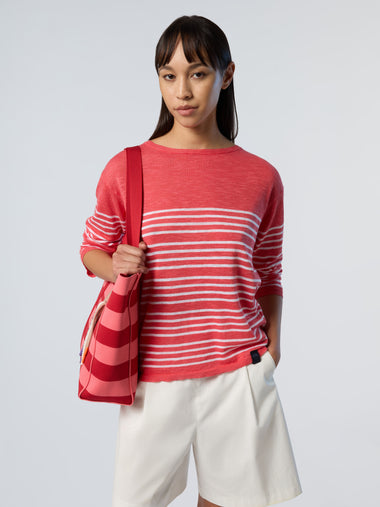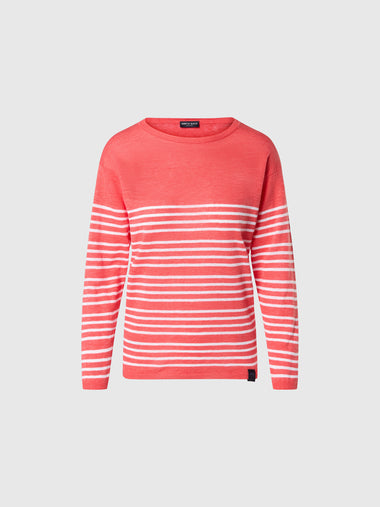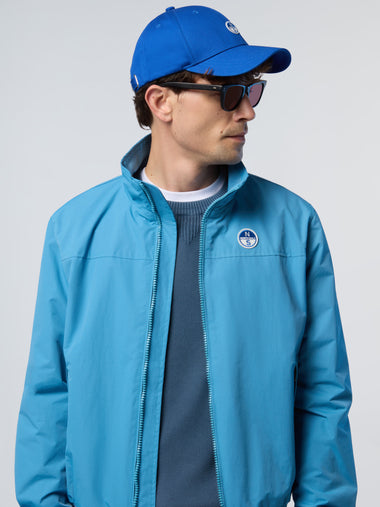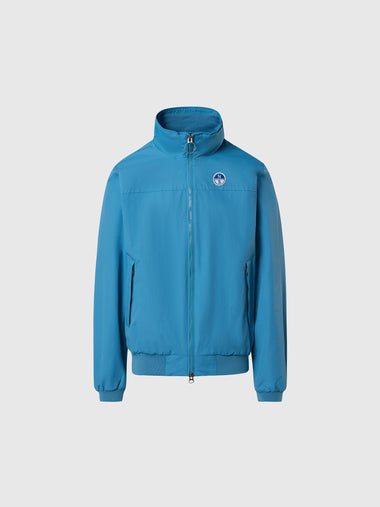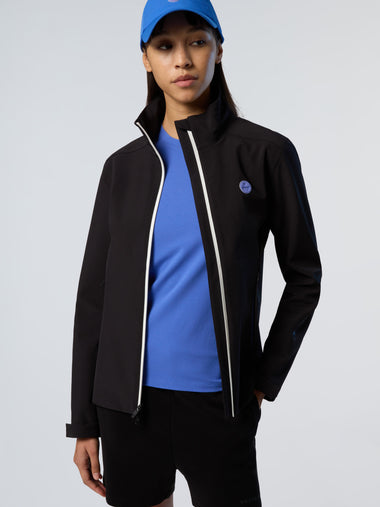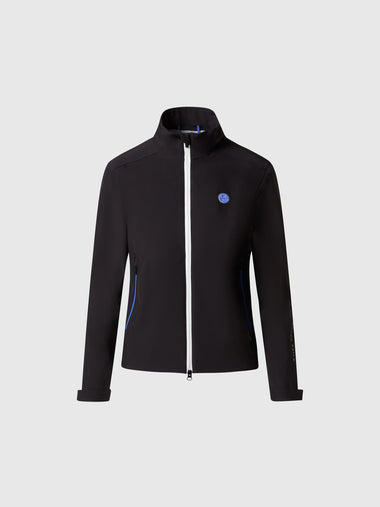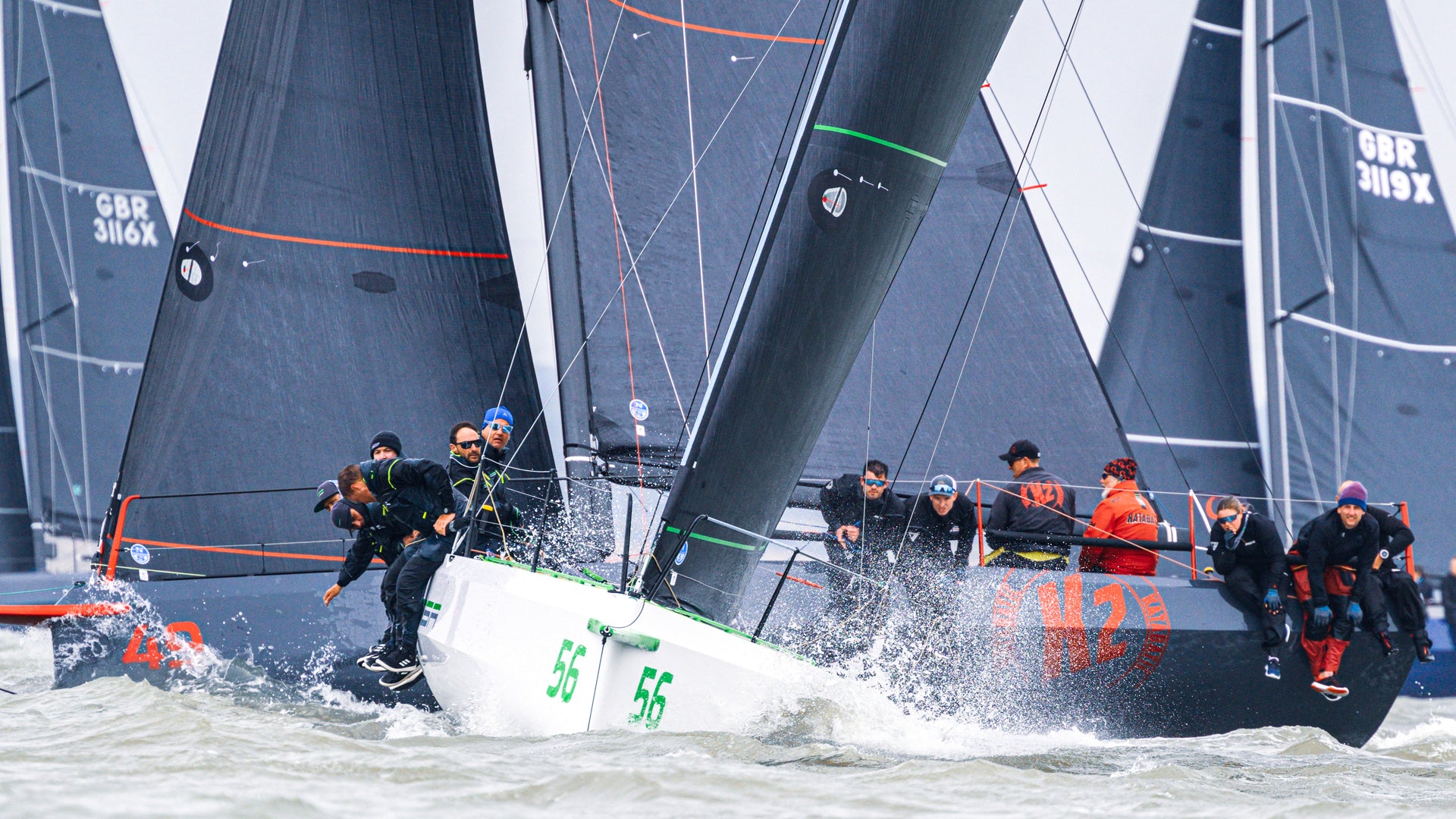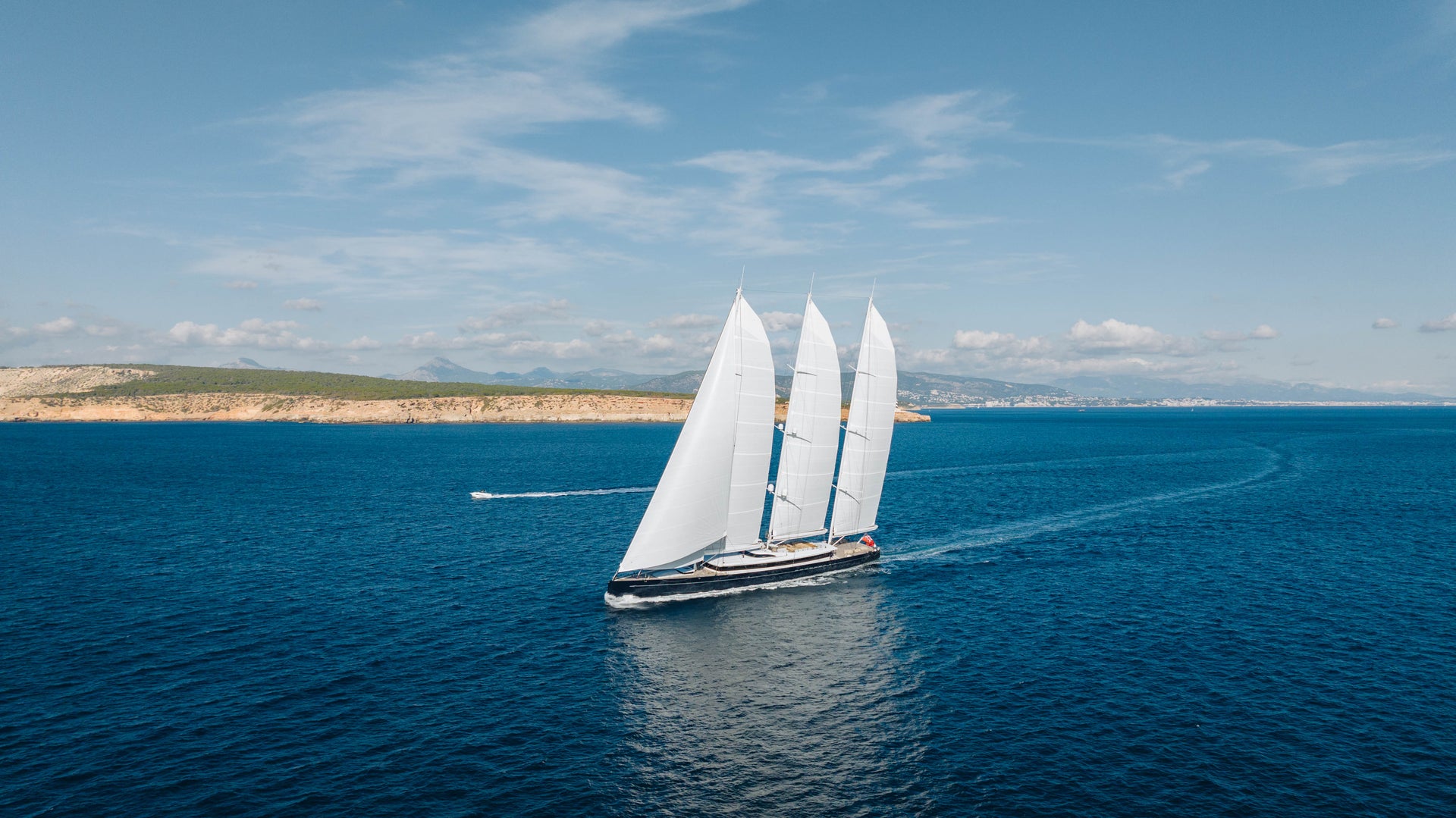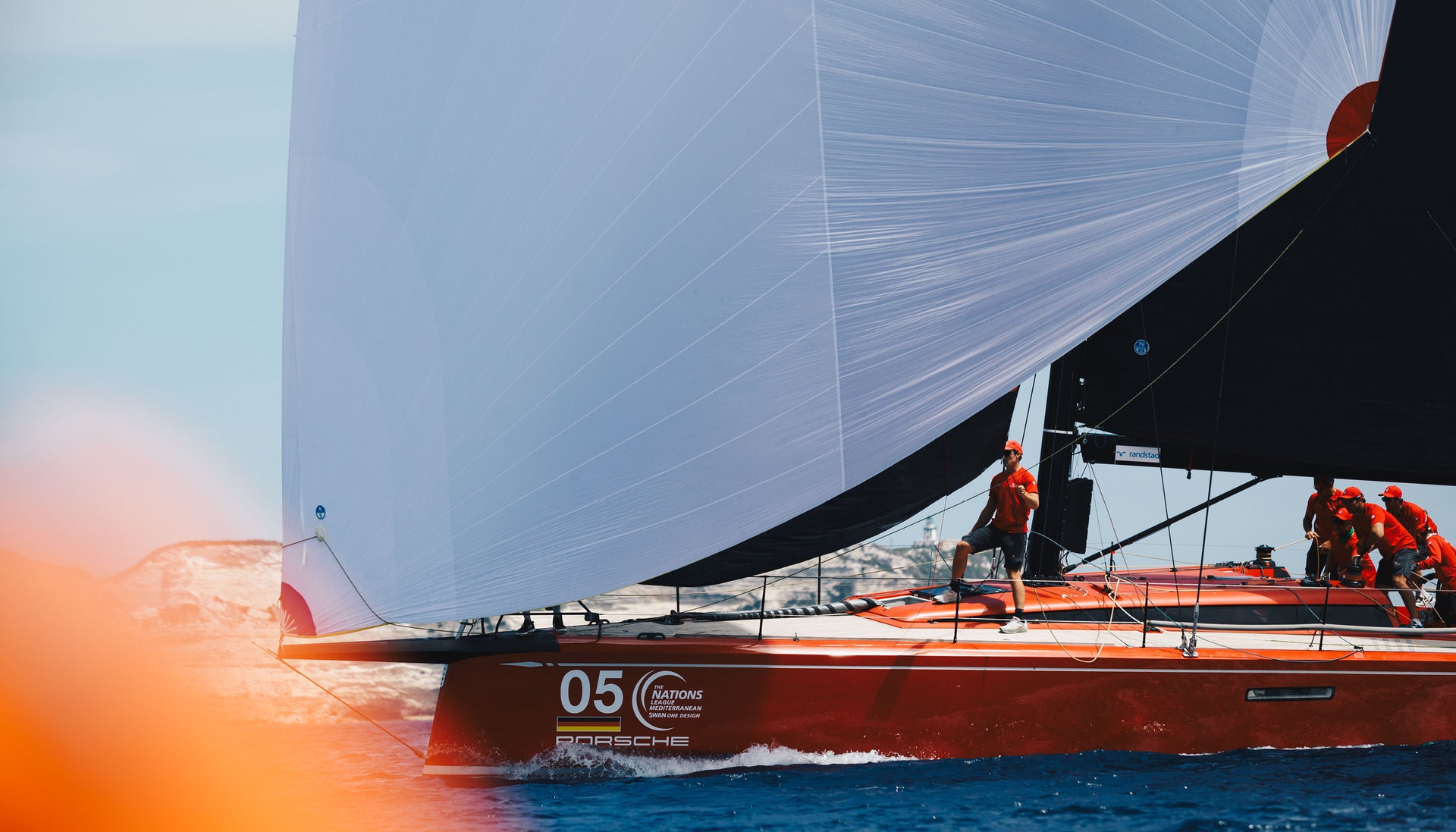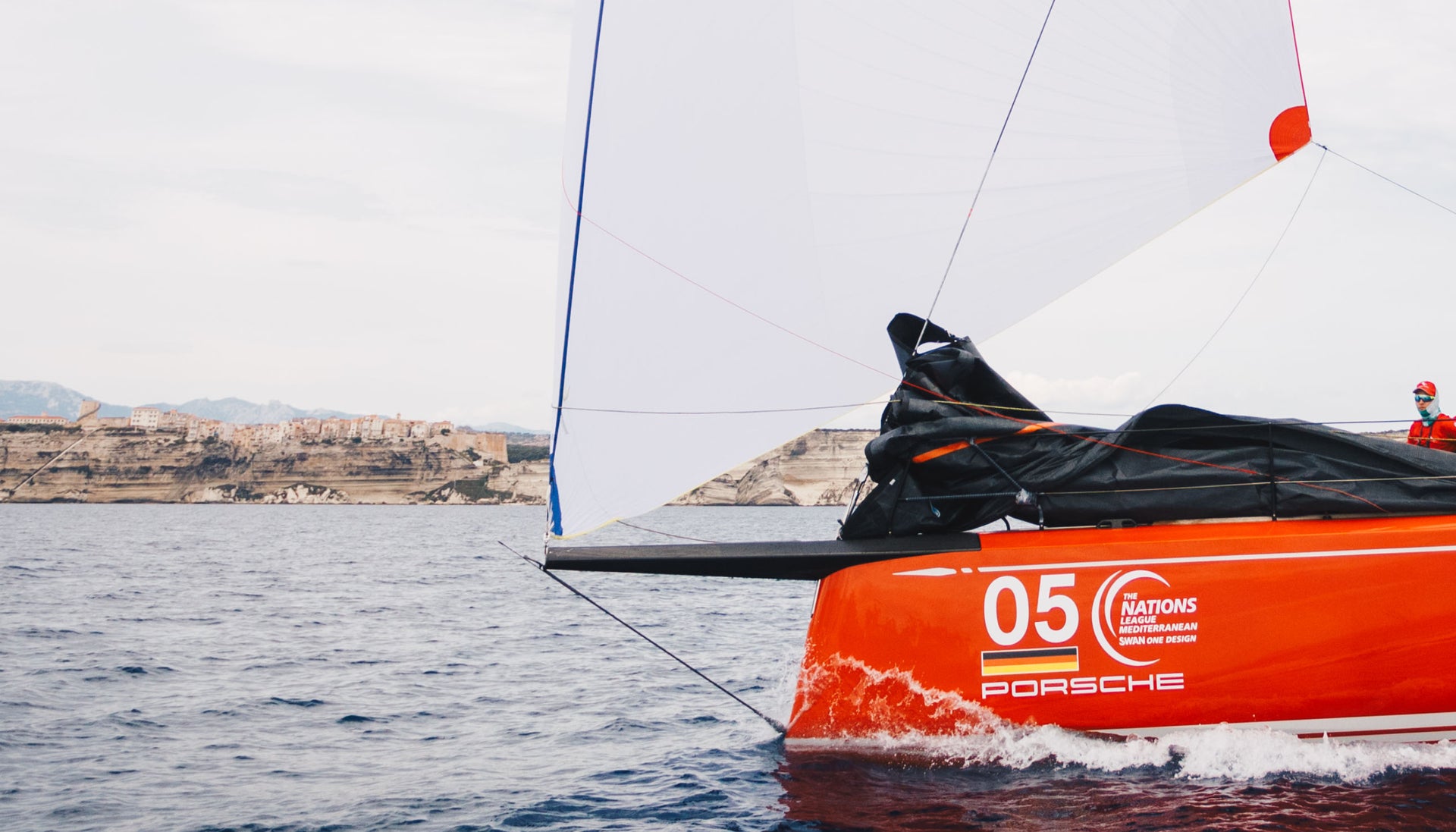NORTH 3Di: FREQUENTLY ASKED QUESTIONS
You've got questions? We've got the answers on why North 3Di are the world’s longest-lasting, highest-performance sails.
Zero-Mylar construction, spread filaments vs. fibers, thermoset what? There is a lot of technology packed into a 3Di, and a lot of technical terms that seem overwhelming. The North Sails team provides answers to questions commonly asked about our must-have sail technology. Keep reading to learn why 3Di is unlike any other.
Q: IN 50 WORDS OR LESS, WHAT ARE THE ADVANTAGES OF A 3Di SAIL?
A: Because of its zero Mylar construction, a 3Di sail does not delaminate nor distort under varying loads. The spread filament structure provides increased longevity and minimizes stretch. 3Di sails resist damage from UV, chafe, abrasion, and flex. They last longer than any film, string, or paneled sail on the market.
Q: WHAT IS A SPREAD FILAMENT AND WHAT’S THE DIFFERENCE BETWEEN FILAMENT AND FIBER?
A: Spread filament is fiber in its purest, thinnest, and most elemental form. Using filaments (instead of twisted yarn fibers) in sailmaking enables composite construction, which, in part, greatly increases the efficiency of material properties. This is the reason 3Di sails are so strong, yet light compared to film and string sails made by the majority of North Sails’ competitors.
3Di sails are composed of thousands of resin-impregnated ultra-thin spread filament tapes. These straight, flat filaments are as thin as human hair and have zero geometric stretch. Spread filament tapes are encased in thermoset resin which maximizes bonding area. At equal sail weight, 3Di sails have twice the fiber content and far more effective modulus (stretch resistance) than film string sails.
Q: I’VE HEARD 3Di CALLED HI-RESOLUTION SAILS. WHAT DOES THAT MEAN?
A: Spread filament tapes are robotically applied in precise, hi-resolution vectors (length and direction) for optimal material alignment to address both strain and compressive loads. A 3Di sail’s structure is composed of multiple spread filament plies of variable concentrations to optimize strength and weight. When North Sails says high-resolution, we mean 3Di sails are 70% fiber, 30% resin, and zero dead weight. In layman's terms, it’s the difference between a photo taken in the 90's, the decade string sails were invented, and the crisp, clear image you take on your iPhone.
Q: WHAT IS THERMOSET RESIN USED IN 3Di SAILS VS THERMOPLASTIC GLUE USED IN STRING SAILS?
A: The glue in a 3Di sail is a thermoset resin, which makes up 30% of the 3Di sail’s weight. Thermoset resin is a two-part adhesive that cures via a chemical reaction when heat and vacuum pressure are applied. Once cured, this resin is unchanged by heat, moisture, or UV rays—perfect for sails made to live in extreme conditions.
Thermoset resin is chemically stable and environmentally inert. Thermoplastic (hot melt) adhesive used in film and string sails is degraded by heat, moisture, and UV exposure. The main difference between thermoset resin and thermoplastic glue lies in their chemical structure, curing process, properties, and applications. Thermoset resins undergo irreversible chemical reactions during curing, resulting in durable bonds, while thermoplastic glues remain malleable and can be reheated and reshaped multiple times - like melted candle wax or butter.
Q: WHAT MATERIALS DO YOU USE IN 3Di SAILS?
A: The materials used in a 3Di sail depend on the boat, sailing style, and performance goals. You’ll recognize the options: polyester, aramid, Dyneema, and carbon. But remember: it’s not what raw materials are used, but the way North Sails applies those materials that makes the difference.

This is a close-up photo of spread filament, shot in the North Sails 3D loft in Minden, Nevada. A spread filament tape is an individual yarn that has been spread out until the individual filaments lie side-by-side; forming an ultra-thin “tape.” This exclusive technology enables 3Di sails to be made without Mylar film. 📸 Atila Madrona / North Sails
The magic of 3Di begins when the bundled yarn is reverted back to micron-measured filaments, fully coated in thermoset resin, and then spread in a single layer to create 200mm wide tapes. North Sails creates 3Di sail structures from four materials: polyester, Aramid, ultraPE, and Carbon. The use of varying materials is designed to reduce stretch and increase durability; some are designed to have added tenacity, while others can stretch and recover.
Q: DOES A SAIL NEED TO HAVE CARBON FIBER TO BE CONSIDERED HIGH-PERFORMANCE?
A: We bet you’d be surprised to learn that some of the highest-performance sails in the world contain no carbon. For example, IMCOA and Ultims do not use carbon in their 3Di sails. That said, in many racing applications (e.g., the America’s Cup), North Sails recommends 3Di carbon-based sails engineered for the lowest weight and best shape holding.

📸 Jean-Louis Carli / IMOCA
Before 3Di, it was widely accepted that the formula for high performance was, simply, more carbon. This long-held belief was disproven during the Volvo Ocean Race 2011-12, when the relatively new 3Di technology was given a heavy remit – to carry six of the seven boats 40,000nm, cross the equator four times, and encounter boat-breaking conditions. With minimal sail damage, aramid-dyneema 3Di sails exceeded the expectations of both the competitors and North Sails. And simultaneously challenged the idea that if you wanted to go faster you’d turn to carbon to build a lighter sail and accept the risk of it breaking when subjected to extraordinary shock loads or flogging. Suddenly, after the race, it was evident that performance no longer came at the expense of reliability.
By replacing carbon with Aramid, North Sails is able to increase reliability and durability without increasing weight.





